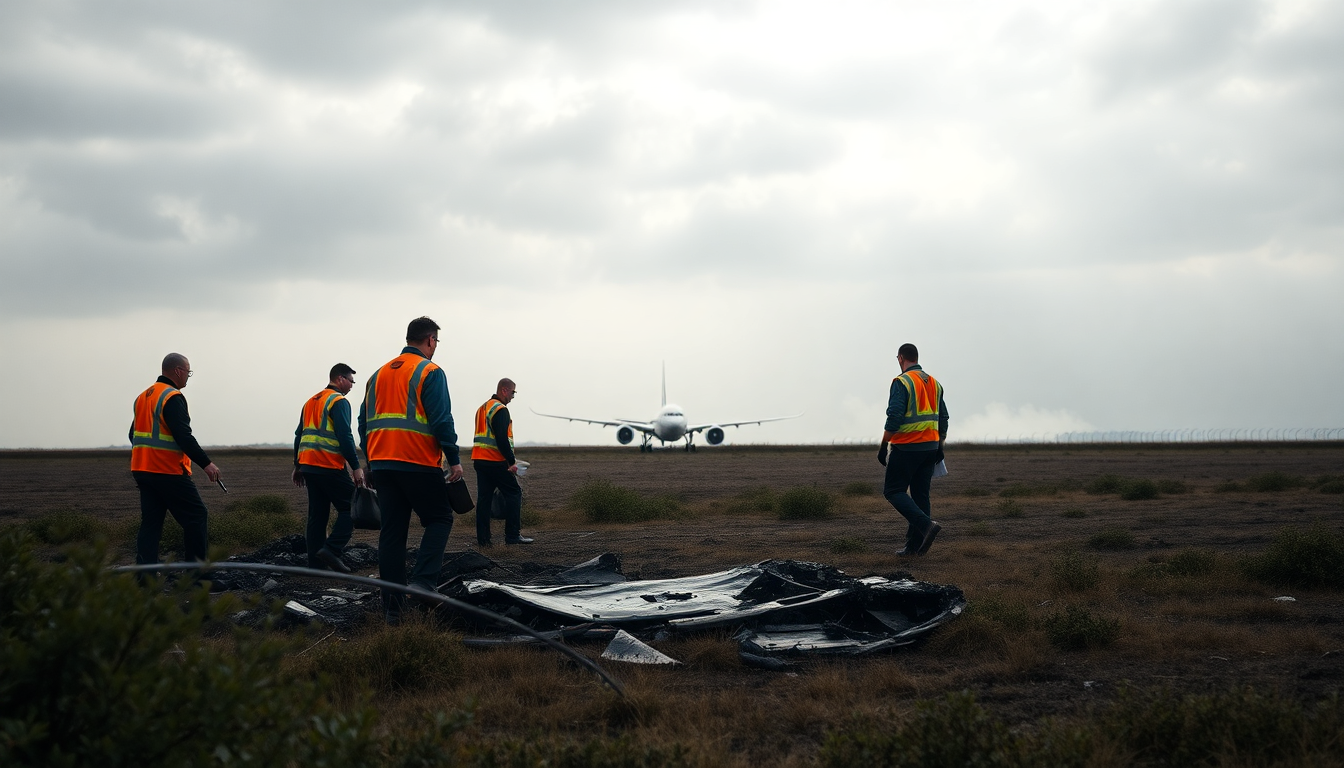Table of Contents
A recent investigation into the heartbreaking crash of a Boeing 787 Dreamliner, which tragically took the lives of 260 people, has shed light on critical details surrounding this disaster. The incident unfolded shortly after takeoff from Ahmedabad, India, on June 12. Findings released by the Aircraft Accident Investigation Bureau (AAIB) of India point to a significant event just moments before the aircraft lost thrust and began its rapid descent. What really happened in those crucial seconds?
Key Findings from the Preliminary Report
The report reveals something alarming: the fuel control switches that manage the engines were switched from “run” to “cutoff” just three seconds after takeoff. This sudden change led to an immediate loss of thrust, causing the Boeing 787 to drop unexpectedly. In the aftermath, the cockpit voice recorder captured a conversation between the pilots. One pilot questioned the other about the fuel cutoff, only to be met with a denial of any such action. This exchange raises serious questions about what transpired in the cockpit just before the crash.
Interestingly, the report doesn’t clarify which pilot made the urgent “Mayday” call before the aircraft went down. Moreover, it remains a mystery how the fuel switches could have been accidentally moved to cutoff—a position typically reserved for emergencies or after landing. Could human error have played a role?
Expert Insights on the Incident
John Cox, an aviation safety expert from the United States, weighed in on the situation, stating that pilots cannot accidentally adjust the fuel switches. He highlighted that these switches require deliberate action to operate, indicating a high level of control and intent. The immediate shift to cutoff would usually lead to engine failure, a move not made lightly and usually reserved for emergencies. So, what does this say about the events leading up to the disaster?
At this stage of the investigation, the AAIB has indicated that there are no recommended actions for operators of the Boeing 787-8 or its engine manufacturers, General Electric. This suggests that the focus is on piecing together the events that led to this unprecedented tragedy rather than identifying systemic issues with the aircraft’s design or operation.
Impact of the Crash and Ongoing Investigation
The crash not only claimed 242 lives on board but also tragically resulted in the deaths of 19 individuals on the ground in the residential area of Meghani Nagar, where the aircraft went down. The AAIB, operating under India’s Ministry of Civil Aviation, is committed to a thorough examination of every facet of this incident, marking one of the deadliest aviation accidents in recent memory.
As the investigation unfolds, Air India has acknowledged the preliminary findings and pledged its cooperation with the authorities while holding back on further comments. The aviation community and the families of the victims are anxiously awaiting the final report, which is expected to provide a clearer picture of the factors that contributed to this tragic event. What will the final findings reveal, and how will they shape the future of aviation safety?


